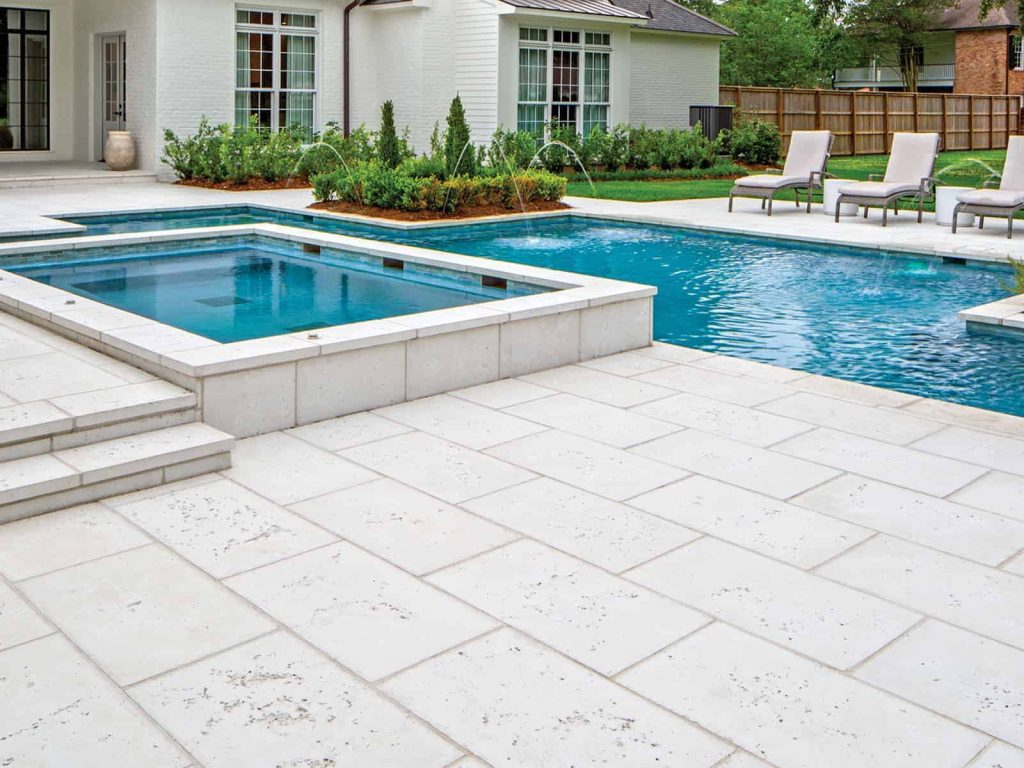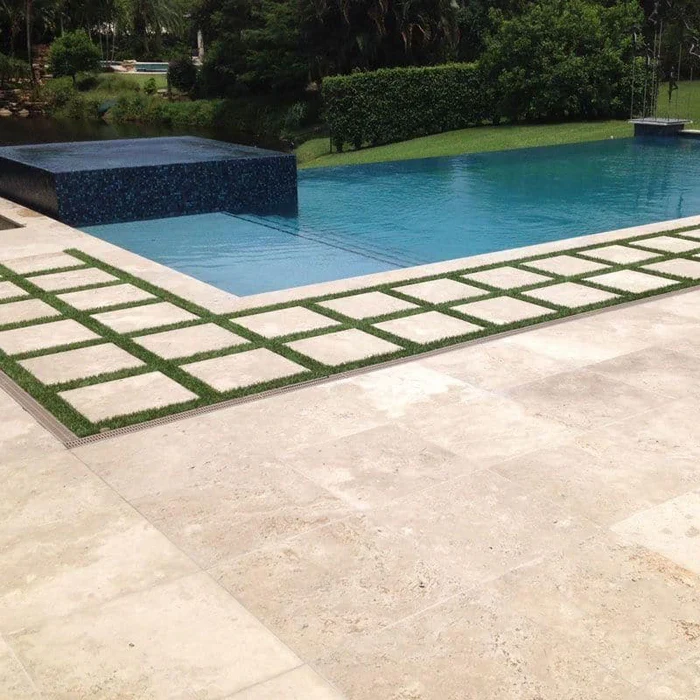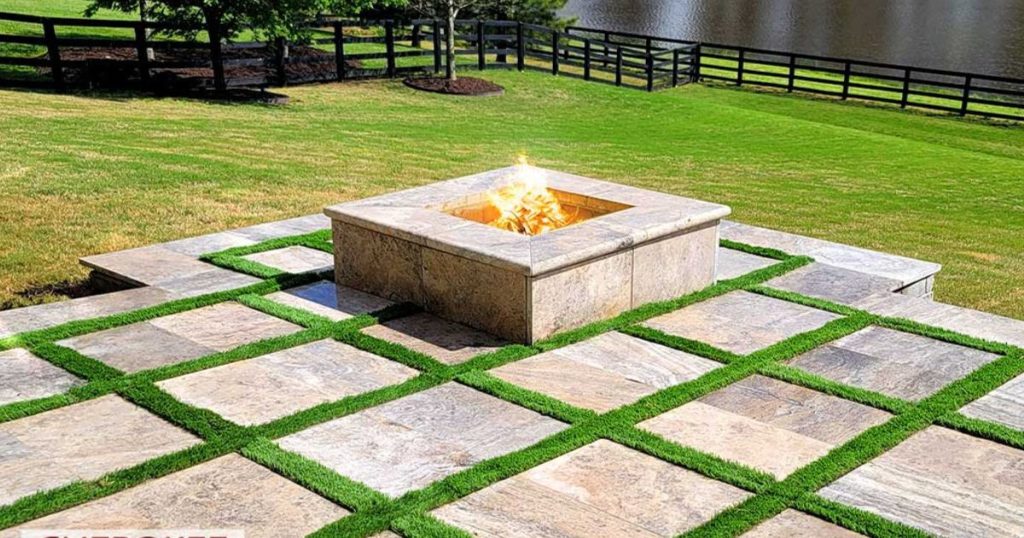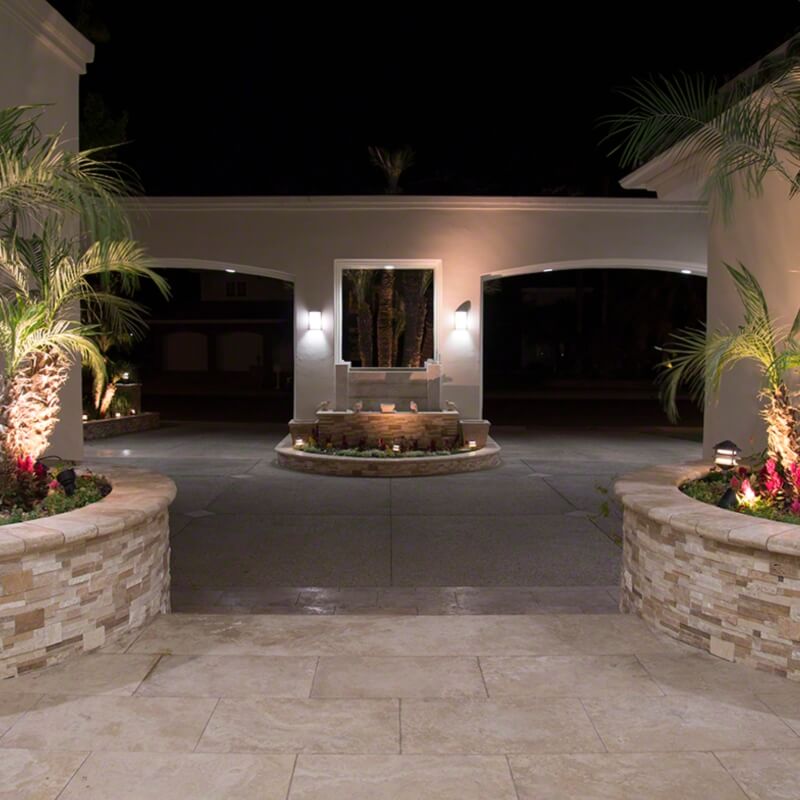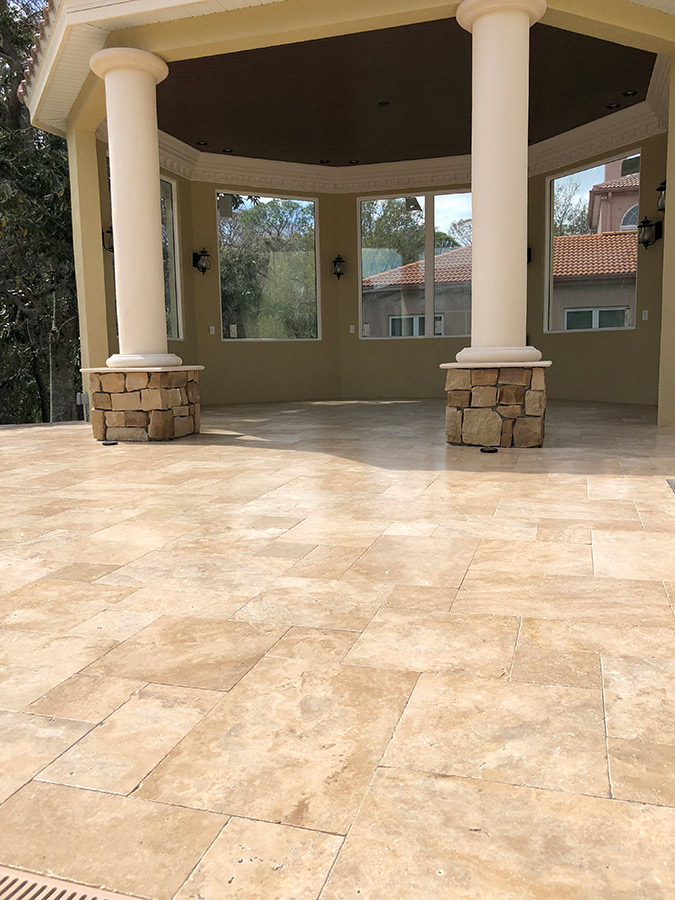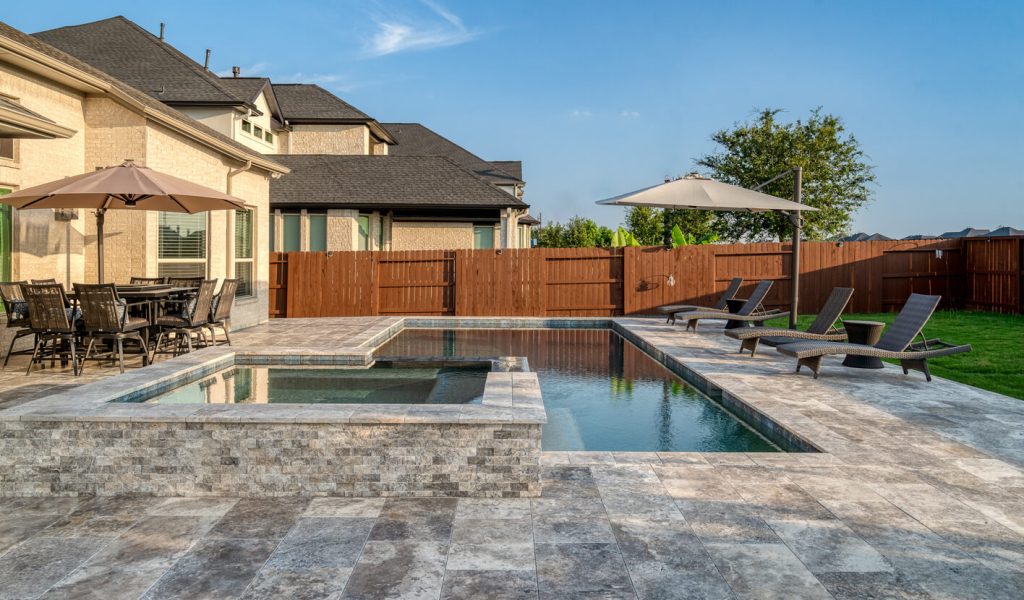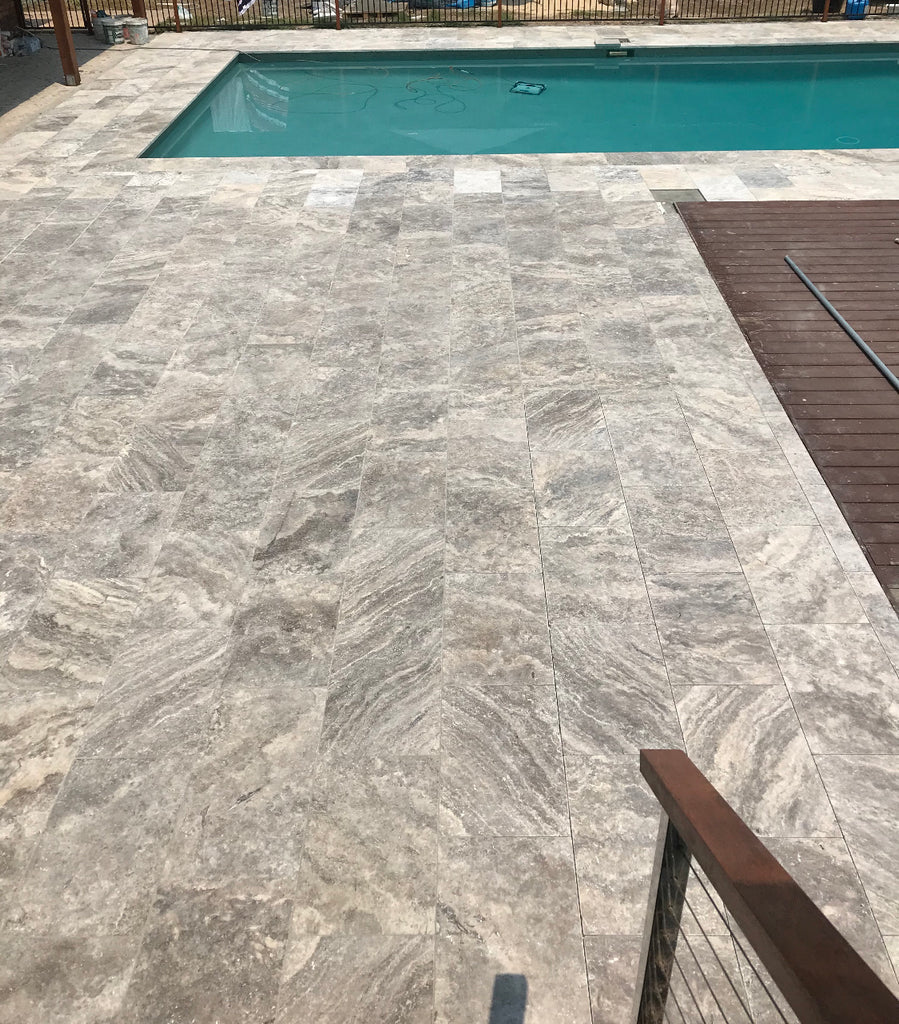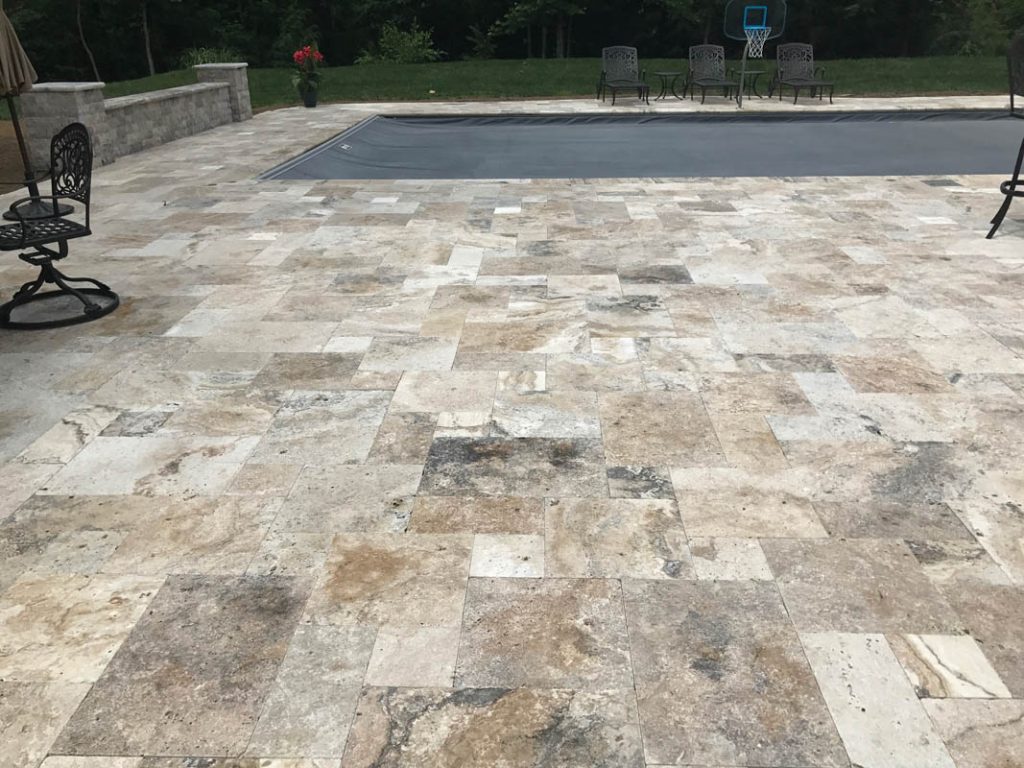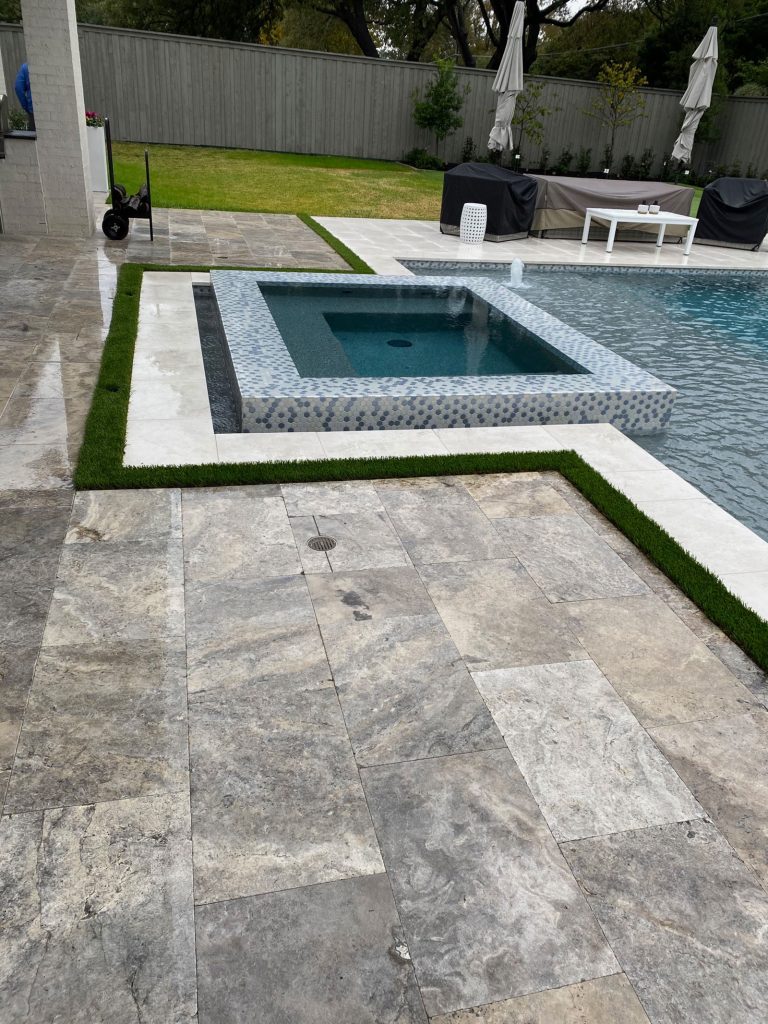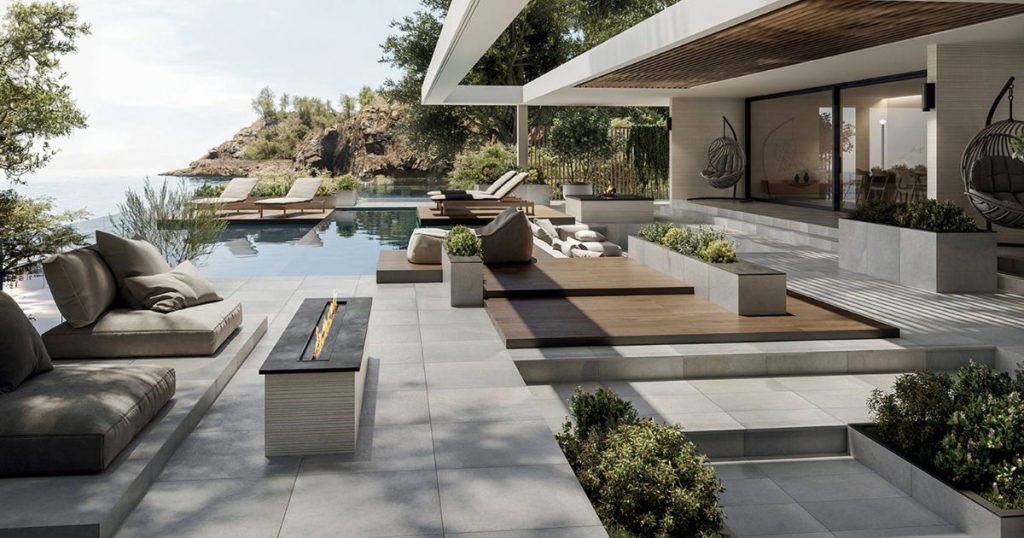How often does travertine pavers need to be resealed?
Travertine pavers bring a timeless, natural beauty to patios, pool decks, and walkways—but to keep them looking their best, sealing is key. Over time, exposure to weather, foot traffic, and moisture can wear down the protective layer, making resealing an essential part of maintenance. So, how often do travertine pavers need to be resealed? Let’s break it down.
General Resealing Timeline
Most experts recommend resealing travertine pavers every 2 to 3 years. However, the right schedule depends on a few factors:
-
Exposure to Sun and Rain: Outdoor areas that get a lot of direct sunlight, rain, or sprinklers may need resealing every 1 to 2 years.
-
Foot and Vehicle Traffic: High-traffic patios, driveways, and pool decks wear down faster and may need more frequent attention.
-
Type of Sealer Used: Premium penetrating sealers can last longer—sometimes up to 5 years—while topical sealers may need reapplication sooner.
Signs It’s Time to Reseal
You can easily tell when your travertine needs a new coat of sealer. Look for:
-
Dull or Faded Appearance: If your pavers have lost their natural sheen or color vibrancy.
-
Water Absorption: Sprinkle some water on the surface. If it soaks in instead of beading up, it’s time to reseal.
-
Staining or Etching: New stains that don’t wipe off easily can signal the sealer has worn away.
Why Resealing Matters
Travertine is a naturally porous stone, which means it absorbs liquids and stains easily if unprotected. Resealing helps:
-
Prevent oil, wine, and rust stains
-
Reduce mold and mildew growth
-
Protect against salt damage and weather erosion
-
Maintain the color and texture of the stone
Regular sealing not only keeps the stone beautiful but also extends its lifespan, saving you money on future repairs or replacements.
Tips for Longer-Lasting Results
-
Always clean thoroughly before resealing to remove dirt and residues.
-
Avoid acidic cleaners (like vinegar) that can damage the sealer and stone.
-
Choose the right sealer type—penetrating sealers for a natural look, or enhancing sealers for a richer color tone.
-
If you live in a high-moisture or freeze-thaw area, consider sealing annually for maximum protection.
Final Thoughts – How often does travertine pavers need to be resealed?
In most cases, resealing travertine pavers every 2–3 years is ideal for keeping them durable, vibrant, and stain-resistant. If you notice fading or water absorption sooner, don’t wait—an early reseal can prevent long-term damage and keep your outdoor spaces looking fresh year-round.

